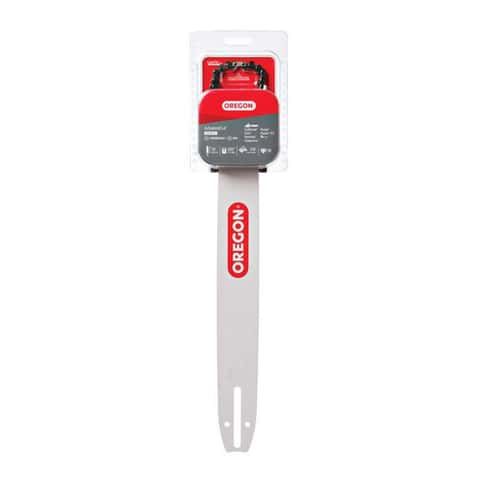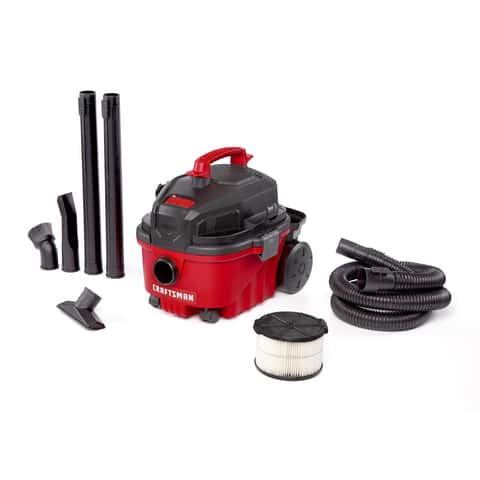Discover Moore and Ace’s Top Picks for the Best Father’s Day Gifts
Father’s Day is just around the corner, and if you’re looking for a gift that combines practicality with a touch of thoughtfulness, Moore and Ace in Trimont, MN, has got you covered. With a wide selection of high-quality tools and equipment, finding the perfect gift for your dad has never been easier. Whether he’s a DIY enthusiast, a grill master, or someone who loves maintaining a pristine garden, Moore and Ace offers a range of products that cater to every dad’s needs. Explore our top picks for Father’s Day gifts at Moore and Ace and make this Father’s Day one to remember.
“At Moore and Ace, we pride ourselves on providing the best tools and equipment to our customers,” said Kevin Moore, President and Owner. “We understand the importance of giving a gift that is both useful and meaningful, and our selection of Father’s Day gifts reflects that commitment.”
STIHL MS 250 18 in. 45.4 cc Gas Chainsaw
The STIHL MS 250 gas chainsaw is perfect for dads who enjoy outdoor projects. With a powerful 45.4 cc engine and an 18-inch bar, it delivers exceptional performance for cutting small trees and limbs. Its ergonomic design ensures a secure grip and ease of use, making it a reliable tool for any dad’s toolkit.
“This chainsaw offers a professional-grade experience, perfect for dads who take pride in maintaining their property,” Kevin Moore stated. “Its power-to-weight ratio and safety features make it an excellent choice for efficient and safe operation.”
Oregon AdvanceCut 27857 16 in. Bar and Chain Combo 56 links
This 16″ bar and chain combo is ideal for homeowners seeking a low-vibration, low-kickback experience. It features Chamfer Chisel cutters known for their durability and performance, making it a great addition to any dad’s chainsaw.
“The Oregon AdvanceCut combo provides a smooth and efficient cutting experience, perfect for dads who enjoy tackling outdoor tasks,” Kevin Moore commented. “Its compatibility with various chainsaw brands makes it a versatile choice.”
EGO Power+ Peak Power SNT2114 21 in. Single stage 56 V Battery Snow Blower Kit
This cordless snow blower offers gas-like performance without the noise and fumes. Equipped with two EGO 56V ARC Lithium batteries, it can clear a 16-car driveway with ease, making it perfect for dads who face harsh winters.
“The EGO Power+ snow blower is a game-changer for snow removal,” Kevin Moore said. “Its efficiency and ease of use make it a must-have for any dad living in snowy climates.”
DEWALT 20V MAX Grabo Lifter
The DEWALT Grabo Lifter is designed for handling construction materials with ease. With a lift capacity of 265 lbs, it is perfect for dads who love DIY projects and need a reliable tool for lifting heavy items.
“This lifter simplifies the process of moving heavy materials, making it a valuable addition to any dad’s workshop,” Kevin Moore remarked. “Its powerful vacuum pump and user-friendly features ensure efficient operation.”
Weber Slate Rust-Resistant 1500215 3 Burner Liquid Propane Outdoor Griddle
This outdoor griddle is perfect for dads who love to cook. With a pre-seasoned carbon-steel cooktop and 36,000 BTU burners, it heats evenly and quickly, making it ideal for outdoor cooking adventures.
“The Weber griddle offers a versatile cooking experience, perfect for dads who enjoy preparing meals outdoors,” Kevin Moore stated. “Its durable construction and convenient features make it a standout choice.”
ACE HDPE Wheelbarrow 6 cu ft
This wheelbarrow is built for strength and durability, with a high-density polyethylene tray that is impact-resistant. It’s perfect for dads who enjoy gardening or landscaping.
“The ACE wheelbarrow is a reliable and sturdy tool for any dad’s garden,” Kevin Moore noted. “Its lightweight design and comfortable handles make it easy to maneuver.”
Craftsman 4 gal Corded Wet/Dry Vacuum 120 V 5 HP
This compact wet/dry vacuum is perfect for small projects and home cleaning tasks. With a 5.0 peak HP motor, it offers powerful suction in a portable design, making it an excellent gift for dads who love keeping things tidy.
“The Craftsman wet/dry vacuum is a versatile tool for any dad’s cleaning arsenal,” Kevin Moore said. “Its compact size and powerful motor make it ideal for quick and efficient cleaning.”
Weber Genesis SA-E-330 3 Burner Liquid Propane Grill Indigo
The Weber Genesis grill offers a premium cooking experience with its PureBlu burner system and stainless steel grates. It’s perfect for dads who love grilling and want to achieve the perfect sear on their steaks.
“This grill provides a top-notch outdoor cooking experience, perfect for dads who enjoy hosting barbecues,” Kevin Moore stated. “Its innovative features and durable construction make it a standout choice.”
EGO Power+ HPW3204 3200 psi Battery 2 gpm Pressure Washer
This cordless pressure washer offers up to 3200 PSI with two EGO Power+ 56V ARC Lithium batteries. It’s perfect for dads who want to keep their outdoor spaces clean and pristine.
“The EGO Power+ pressure washer delivers powerful cleaning performance, ideal for any dad’s outdoor maintenance tasks,” Kevin Moore remarked. “Its cordless convenience and high pressure make it a must-have tool.”
Traeger Woodridge Wood Pellet Grill Black
The Traeger Woodridge grill offers a remarkable wood-fired flavor experience. With features like WiFIRE technology and a Set-It & Forget-It function, it’s perfect for dads who enjoy grilling, smoking, or baking.
“This pellet grill offers a unique and flavorful cooking experience, perfect for dads who love experimenting with new recipes,” Kevin Moore said. “Its user-friendly controls and innovative features make it a top choice for any grill enthusiast.”
For all things Ace Hardware, please visit acehardware.com.











 Furthermore, advancements in smart sensors and the Internet of Things IoT are revolutionizing AC repair. Smart sensors integrated into AC systems can continuously monitor performance, detect abnormalities, and send real-time data to technicians and AI systems. This real-time monitoring allows for immediate identification of issues, enabling timely and precise repairs. IoT-enabled AC systems can also facilitate remote diagnostics, enabling technicians to assess and troubleshoot problems without physical presence, saving time and resources. Nanotechnology offers another avenue for enhancing AC repair. Nano-coatings and materials can be applied to AC components to improve their durability and efficiency. Nanocoatings can protect AC components from corrosion, wear and tear, and improve heat transfer capabilities, ultimately extending the lifespan of the system and reducing the frequency of repairs.
Furthermore, advancements in smart sensors and the Internet of Things IoT are revolutionizing AC repair. Smart sensors integrated into AC systems can continuously monitor performance, detect abnormalities, and send real-time data to technicians and AI systems. This real-time monitoring allows for immediate identification of issues, enabling timely and precise repairs. IoT-enabled AC systems can also facilitate remote diagnostics, enabling technicians to assess and troubleshoot problems without physical presence, saving time and resources. Nanotechnology offers another avenue for enhancing AC repair. Nano-coatings and materials can be applied to AC components to improve their durability and efficiency. Nanocoatings can protect AC components from corrosion, wear and tear, and improve heat transfer capabilities, ultimately extending the lifespan of the system and reducing the frequency of repairs. The poor blood flow-sucking pest selects their protection areas in dark locations. You can expect to be unable to see their shelter areas effortlessly. You have to seek specialist help from your identified pest control of Perth. The these bugs management services in the recognized pest management company will take out your these bugs from all of challenging-to-get to places. Some frequent trying to hide web sites including inside the slim area of your artwork framework, in the support frames of bed furniture, inside of the lean holes and crevices, inside the hand bags, wallets and purses, on any spot of your furnishings physical objects and also in the carpeting and mattresses.
The poor blood flow-sucking pest selects their protection areas in dark locations. You can expect to be unable to see their shelter areas effortlessly. You have to seek specialist help from your identified pest control of Perth. The these bugs management services in the recognized pest management company will take out your these bugs from all of challenging-to-get to places. Some frequent trying to hide web sites including inside the slim area of your artwork framework, in the support frames of bed furniture, inside of the lean holes and crevices, inside the hand bags, wallets and purses, on any spot of your furnishings physical objects and also in the carpeting and mattresses.




